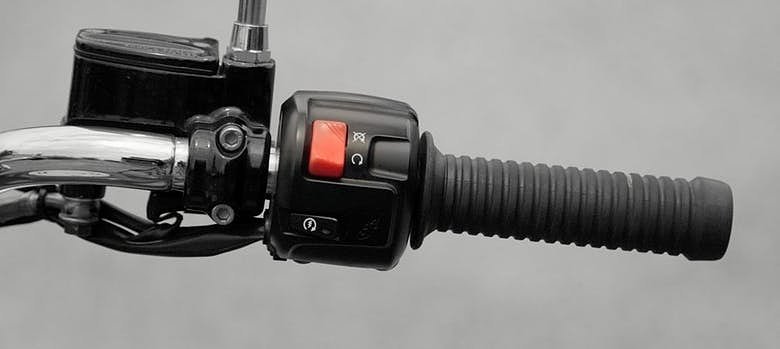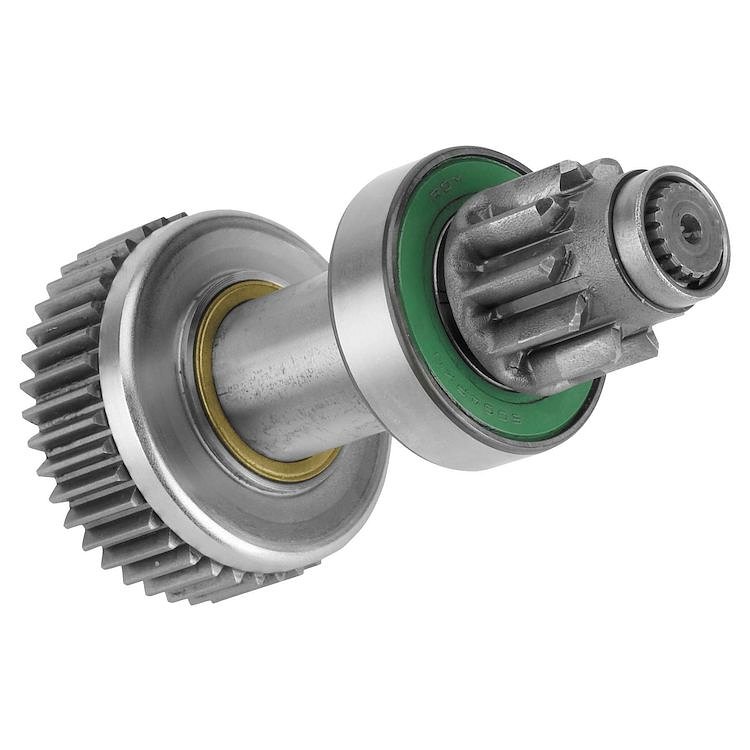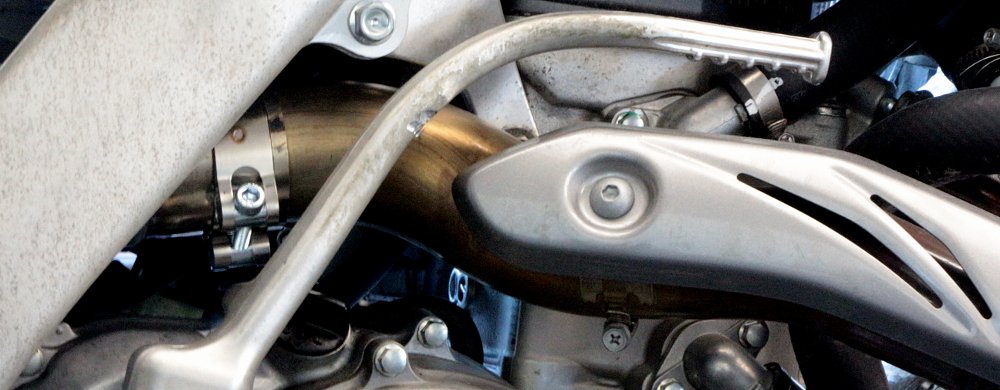Your bike doesn’t start when you hit the button.
I mean, it does, but not immediately. And that is intentional. Close your eyes and envision what happens when you decide to go for a ride. You hit that starter button, and then your bike probably cranks (the “rurr-rurr-rurr” noise you hear) before it fires up. (That’s the “Vroom!” noise of a motor that’s finally running. I’m mentioning this because though the terms seem interchangeable, they are not. Mechanics generally differentiate between “no crank” and “no start” conditions — they may seem the same to the uninitiated, but the causes of each are often vastly different.)
The reason your bike has this delay is simple: If you’ve got a modern motorcycle with an electronic ignition, your bike probably has “dead revs” programmed into it either intentionally, or as a byproduct of how the fuel-injection system figures out when to add fuel to a given cylinder. Why those dead revs exist, though, is kind of neat. Let’s go back in time to see what dead revs are and why they exist.

The earliest and most primitive version of a dead-rev ignition wanted to “see” the crankshaft rotate a few times before it attempts to light off the mixture. (This is still common in aftermarket H-D ignition systems.) This was usually achieved by the ignition “looking” to see the ignition’s Hall effect sensor pass by a few times before the ignition went “live.”
The reason for these dead revs, most importantly, is that the starter can be damaged if the engine “kicks back.” An engine at the top of its compression stroke with a full load of fuel and air isn’t guaranteed to move the crank in the correct direction of rotation. This is partly due to the fact that ignition timing comes a little before TDC, meaning it’s plenty easy for the crank to run the wrong way. Those who have suffered from a kick back on a kick-start motorcycle will understand the pain that little starter can suffer. This has become more and more important because compression ratios have climbed to the sky, making the potential for kickbacks to be downright lethal to parts of your motorcycle if they’re not managed correctly.
Modern systems are a little more foolproof. To help explain this, I spoke with a technical advisor with an OEM who wished to remain anonymous. “In a modern system, the engine needs to rotate far enough for the ECU to receive signals from both the crankshaft position (CKP) sensor and camshaft position (CMP) sensor in order for the ECU to determine the crankshaft’s position relative to the camshaft. EFI technology used on motorcycles advanced to sequential injection where the fuel injectors activate only on the intake stroke as opposed to older systems that used group injection.
“These systems only activate the ignition coils at the proper time on the correct stroke as opposed to CDI or points ignition that triggered the coil every time the reluctor on the flywheel passed the pulser coil (or the points broke). Until everything is in order, the ECU doesn’t activate the ignition coils either. This prevents spark and kick-back.”

If you've not seen a starter operate, check out the following video. (In real life, the starter gear actually begins to spin before the Bendix kicks it into the ring gear's teeth, but otherwise, this is pretty much spot on.)
My tech advisor said, “Now we usually opt for a one-way clutch on the flywheel where the starter engages. Because it can only be turned in one direction, it begins freewheeling once the engine starts. This one-way clutch allows the starter to always be engaged to the [ring] gear because it freewheels, as opposed to using a Bendix, which leads to premature wear on the gear.”
Because electronics can better time the delivery of fuel and spark, Bendix gears are less necessary and are probably closer to insurance than oft-used pieces. Interestingly, that switch to electronic ignition has led to ignitions that are now basically unable to be modified by the rider. Translation: the hasty timing adjustment (or hot-rod rider) that dialed in a snotload of iggy advance of yesteryear who trashed Bendix gears regularly is a rider of the past.
The second reason for dead revs is a bit of kismet — dead revs help to get oil moving. Way back in the old days, “prime” kicks were needed to fill the cylinders with a nice rich fuel and air mixture. Those prime kicks (and failed starting kicks) helped begin circulating oil through the engine before the bike fired up and ran. Electric starting, being more effective than most shoeleather starters, did away with most of this low-speed engine operation. Dead revs also serve to get lubricating oil circulating before the engine fires off.
Perhaps unsurprisingly, the changes made to make electric starters more efficient are almost directly at odds with characteristics that allow a motorcycle to be kick-started. (Kickers have all but disappeared on street bikes because they’re pretty damn inconvenient. They’re going away in the dirt, as well, for slightly different reasons.) A human leg will likely not spin a modern engine fast enough to allow the ECM to ascertain the relative positions of the cam and crank, so the ignition won’t fire. Similarly, the switch from batch injection to sequential injection means that if the ECM cannot determine which cylinder is firing, it will be unable to provide fuel to the correct cylinder.
These are some huge obstacles in retrofitting newer engines to older transmissions, or converting e-start motorcycles to kickers. They’re also the very reason why retrofitting a kicker onto an e-start machine is not nearly as common (nor necessary!) as it once was. Modern electronics are exceptionally dependent on a great electrical supply (battery), so it makes sense to have that battery also perform the task of starting the motorcycle, and in order to best do that, it uses the electronics on board that are used to make the engine run most powerfully and efficiently (the cam/intake pressure sensors, crank sensors and the electronically controlled ignition). It’s a Catch-22, but a good one.
And nowadays? Many bikes even have “soft” start switches that simply send a signal to the computer that looks for various criteria to be met before cranking the starter. (Is the side stand up? Is the bike in neutral? Is the engine running already?) Even after they’re met, some bikes even handle the cranking for the rider — you can simply tap the button, rather than being responsible for how long to crank the starter, and it will simply spin until the computer determines the starter has done its job.
I used a lot of words to write about what many may consider a boring technical topic, but suffice it to say that your bike doesn’t start precisely when you tell it to, nor should it. Modern starting systems save your leg, save your engine, and save your starter gear. It’s a fascinating engineering story that’s taken the better part of a century to evolve to its current form, but many riders don’t give a second thought to firing up a bike. But you should — many engineers devoted many hours over the years to getting motorcycles to start as effortlessly as they do now, and that is deserving of acknowledgment.










